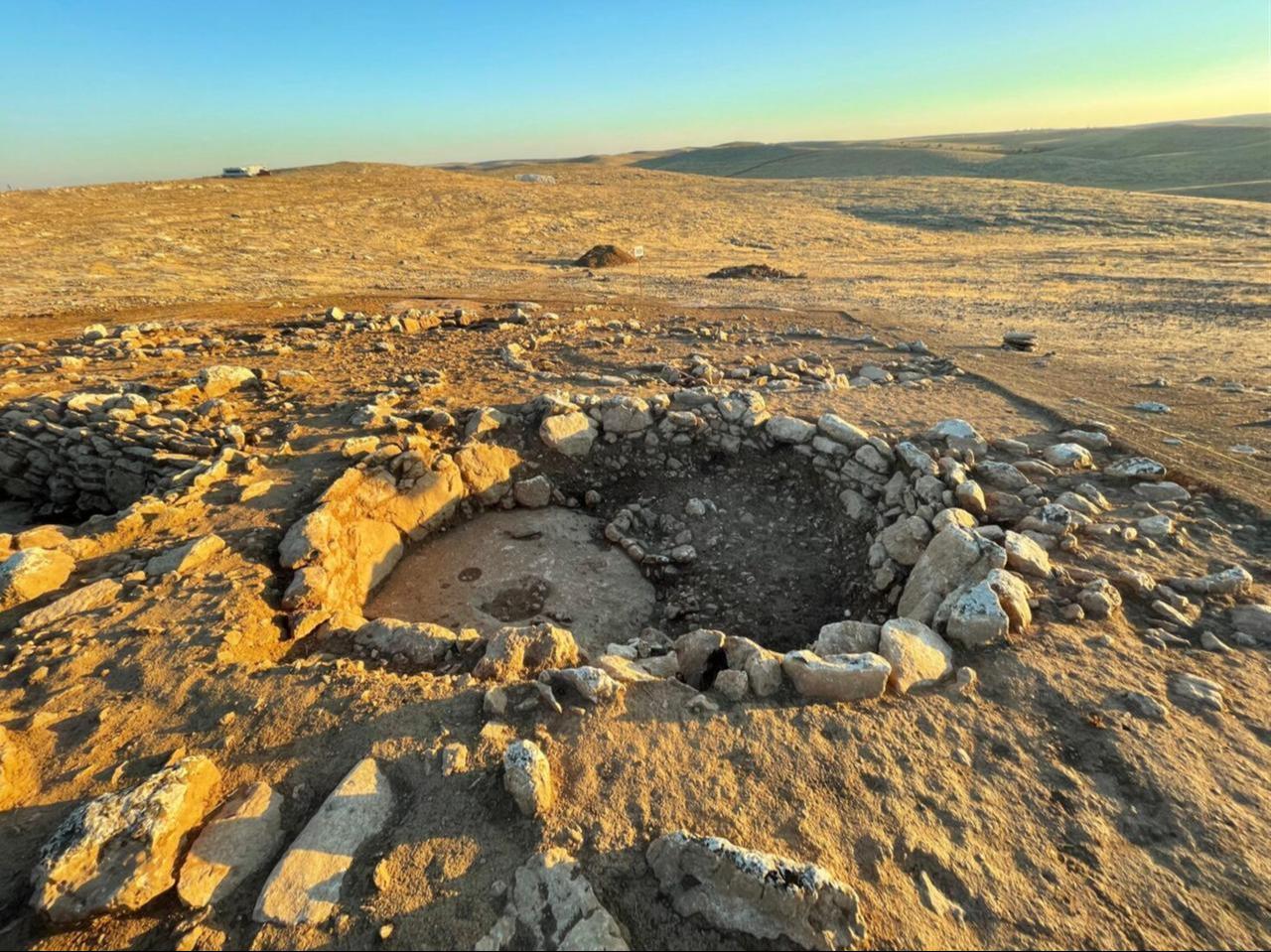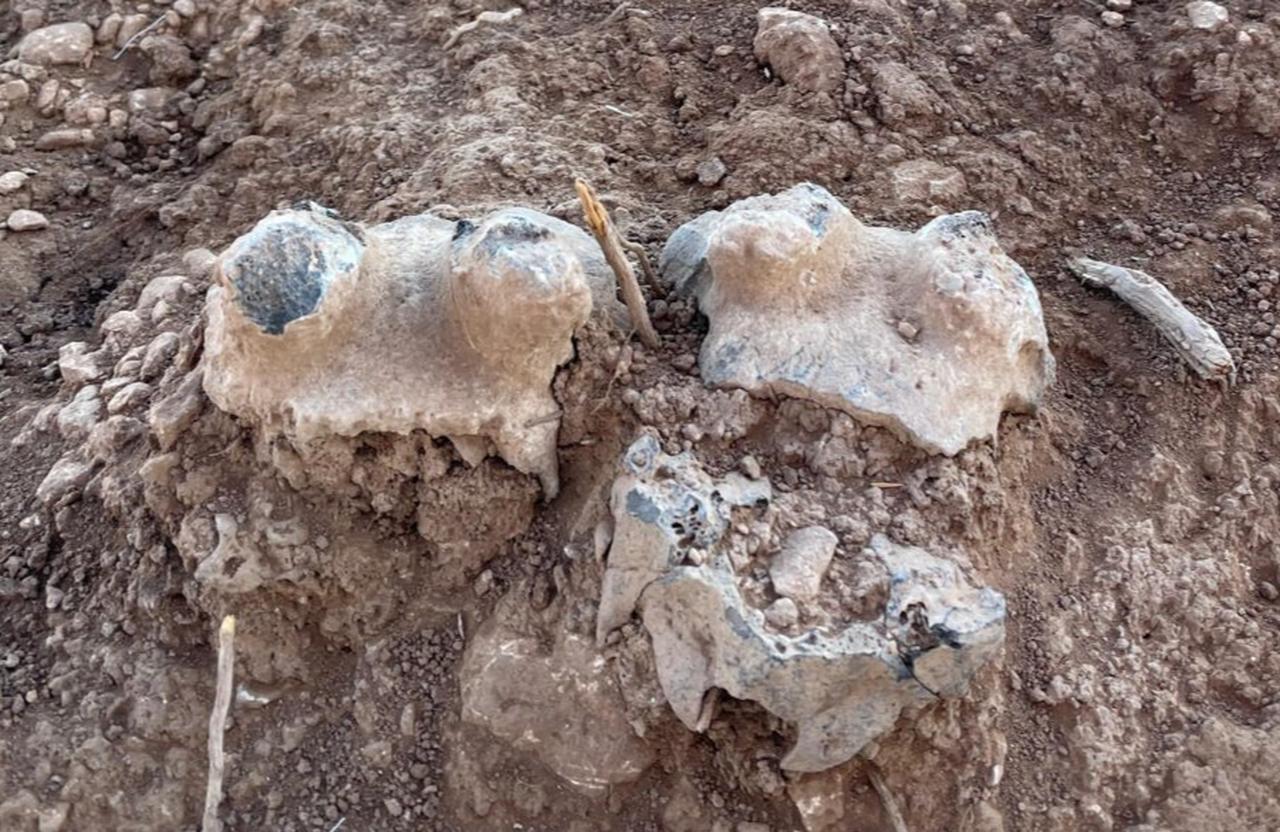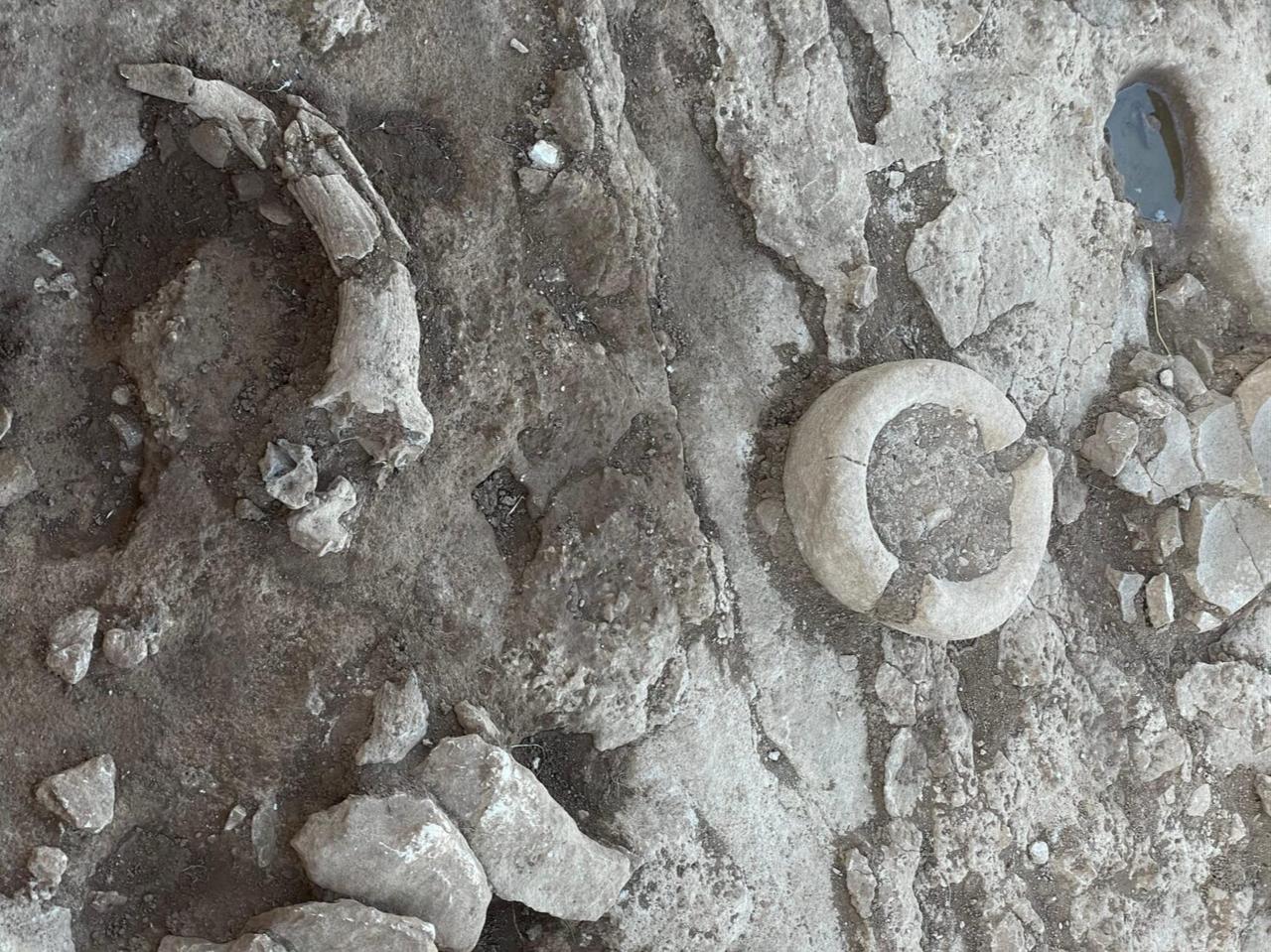
Located in the Eyyubiye district of Sanliurfa in southeastern Türkiye, the archaeological site of Cakmaktepe has been identified as a settlement that predates Gobeklitepe and other Tas Tepeler (Stone Mounds) by nearly a millennium. Recent discoveries at the site not only challenge the known chronology of early human settlements but also reveal highly complex social, architectural, and ritualistic practices previously unseen in other Neolithic sites of the region.

Excavations at Cakmaktepe began in 2021 under the leadership of Associate Professor Fatma Sahin. Initial surface materials suggested that the site could be older than both Gobeklitepe and Karahantepe. Although radiocarbon dating is still pending, chipped stone tools discovered during fieldwork indicate activity at the site as early as 10,000 B.C., pointing to one of the earliest phases of settled human life.
Unlike Gobeklitepe, where monumental buildings are commonly referred to as temples, experts describe the structures at Cakmaktepe as “special” or “communal structures,” reflecting a broader social function that might have included ritual, gathering, or shared community activities. One of these structures, carved directly into bedrock and measuring approximately 16 meters in diameter, was intentionally buried after abandonment, mirroring a similar practice observed at Gobeklitepe.

Archaeologists have noted that during the dismantling process, standing stones were carefully placed aside, and wall stones were systematically stacked. This level of organization suggests advanced planning, social coordination, and possibly symbolic motivations behind the abandonment of structures.
Speaking to Türkiye Today, according to Sahin, the 2025 excavation season revealed a remarkable number of residential structures. The number of these houses at Cakmaktepe has reached 50, and none of them share the same architectural form or layout. This variation indicates different uses or functions, hinting at social diversity or specialized activities within the settlement. Sahin explains that only a few of these houses have been excavated down to the floor level, and further studies in upcoming seasons may offer deeper insight into their functions.

One of the most striking discoveries came from a large communal structure, where animal skulls had been intentionally placed near the walls. In previous seasons, researchers had identified skulls of cattle, wild sheep, and wild horse species. However, excavations in 2025 revealed that nearly half of this structure was filled with gazelle skulls, placed in a deliberate and organized manner.
The number of gazelle skulls is especially significant, currently reaching at least thirty, though the total is expected to be higher as excavations continue. These skulls were carefully burned before being placed, demonstrating a specific ritualistic approach. No other settlement from the Tas Tepeler region has shown a similar practice on such a scale and concentration.
Researchers interpret this as evidence of a unique ritual tradition, possibly reflecting the importance of gazelles in everyday life, nutrition, symbolic meaning, or belief systems. Sahin noted that previous finds from Cakmaktepe had already indicated hunting activities, including depictions of trap scenes on stone objects. This new discovery reinforces the strong connection between the community and gazelles, both in daily survival and in ceremonial contexts.

The Tas Tepeler region, which includes Gobeklitepe, Karahantepe, Sayburc, and Sefertepe, lies in the northern reaches of the Euphrates and Tigris rivers, an area known for its deep cultural transitions during the early Neolithic period. This landscape offers an extraordinary opportunity to understand how hunter-gatherer groups gradually formed settled communities, experimented with architecture, and developed early forms of symbolic and spiritual expression.
Through archaeological and archaeometric studies conducted over the past five years under the coordination of Türkiye’s Ministry of Culture and Tourism, researchers have begun to uncover daily life patterns, production technologies, food strategies, domestication processes, and social organization.
Every new find from Cakmaktepe adds to the growing evidence that early human communities in the Tas Tepeler region were far more culturally and socially advanced than previously thought, offering vital contributions to the global understanding of human history.